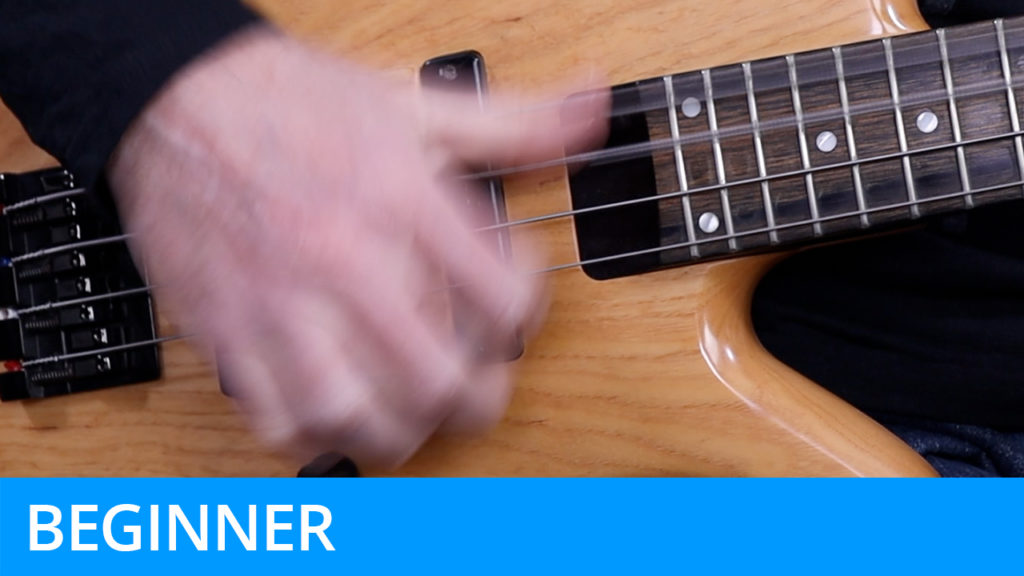Slap Bass – Beginner Level Exercise Area
Course Duration: 1 Hour & 10 Minutes | Difficulty Level: 2
This final section of the beginner slap bass course contains exercises that combine everything that was covered in the previous courses. This includes basic slapping and popping, fretting hand muting techniques, ghost notes, hammer-ons, pull-offs and trills.
Don’t forget to hit the Download Resources button above in order to download the PDF worksheet and audio files for this course (available to subscribers only). The worksheet is available with TAB and without, for those who wish to give their reading skills a workout.


